The category of unbuilt and fantastical design ideas known as “paper architecture” may have no better exemplar than the radical British architecture group Archigram.
Founded in the early 1960s, its experimental architectural concepts envisioning everything from temporary cities to inflatable structures have never been built—but nonetheless have become staples of modern architecture canon.
Archigram initially published its iconoclast ideas in the form of a self-published, self-titled magazine, which came out in 10 issues between 1961 to 1974. These days though, the magazines are rarely seen. Only a few complete sets exist in libraries. That is until now.
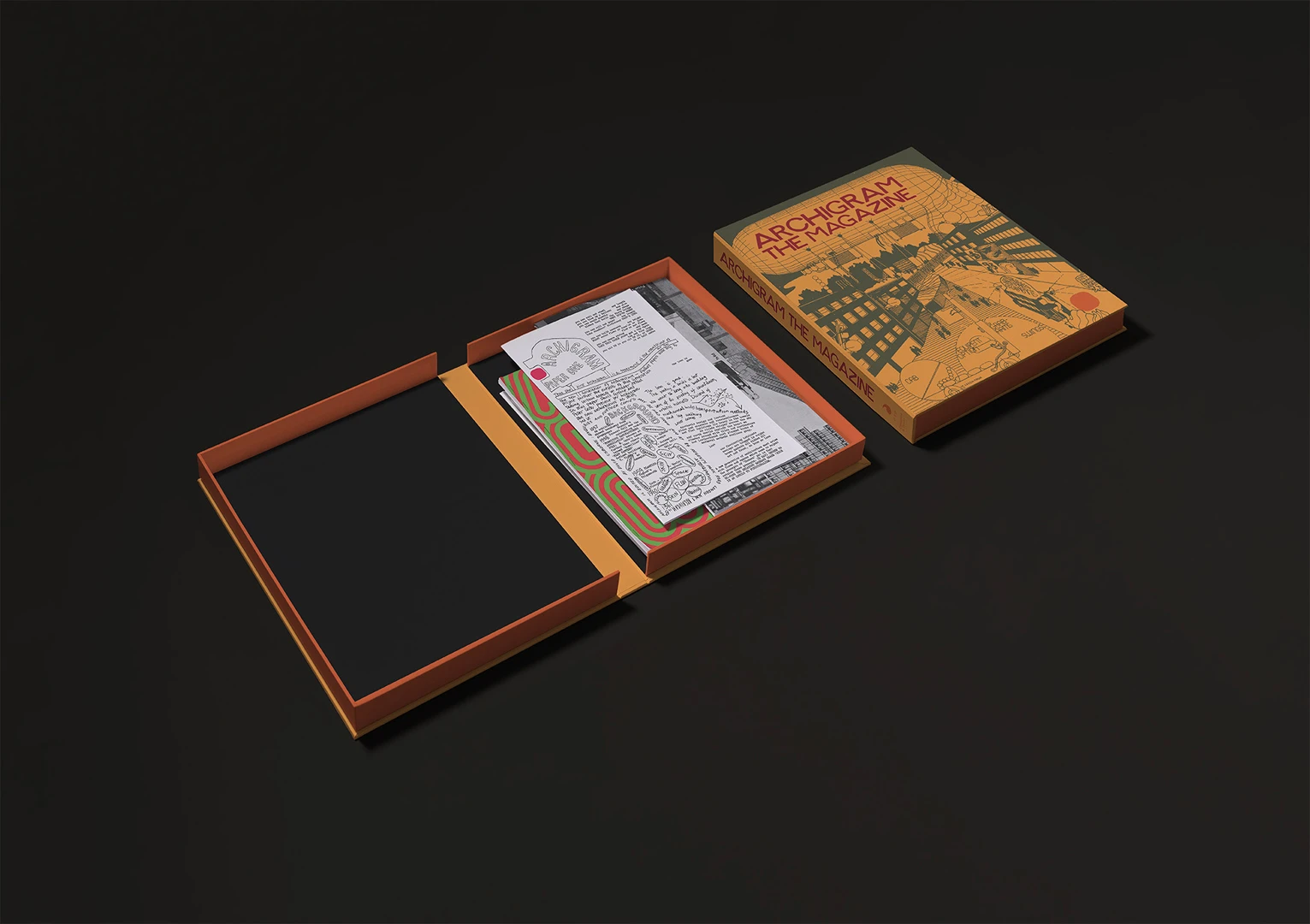
For the first time since they were originally published, the entire 10-issue run of Archigram magazine is being reissued in a boxed reproduction that hews as closely as possible to the original’s unique physical form. This authorized reissue is being brought to life through a $75,000 Kickstarter campaign by publishers D.A.P. and Designers & Books. The boxed set will start at $114 during the first week of the campaign, which will run through March 18.
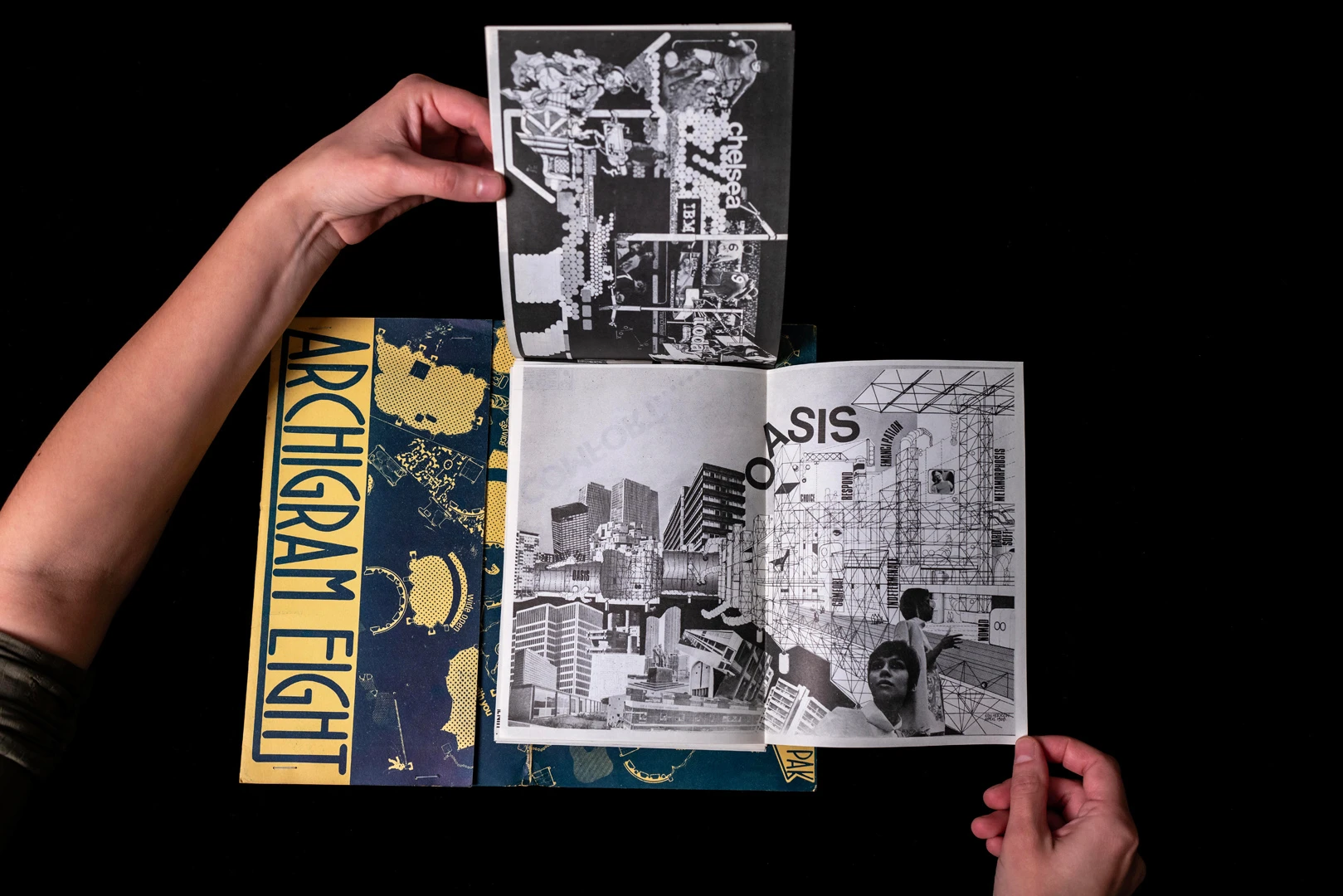
“Many, many people know who Archigram are, but very, very few people have actually laid eyes on this thing,” says Thomas Evans, editorial director of D.A.P. “Of the 10, maybe only three or four ever appear online and those tend to sell for a minimum of $400 or so.”
Your favorite architects’ favorite architects
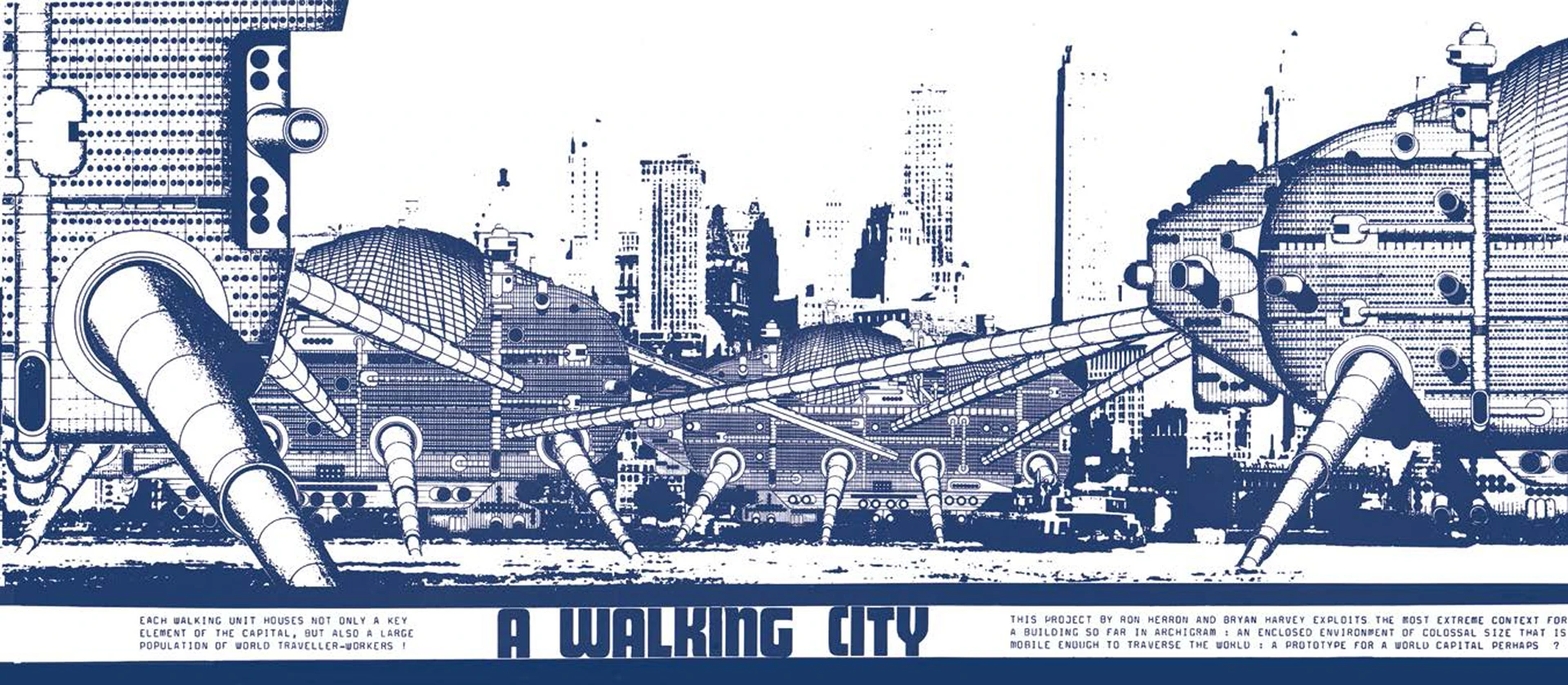
Arguably far ahead of its time, Archigram explored architecturally adjacent concepts through its magazine, including prefabrication, ecological decline, resource scarcity, space exploration, and ephemeral urbanism. They saw architecture as a tool for meeting society’s changing needs, and recognized both the promise and danger of technofuturism. Archigram influenced generations of architects, from students to some of the biggest names in the field like Renzo Piano, Richard Rogers, and Bjarke Ingels.
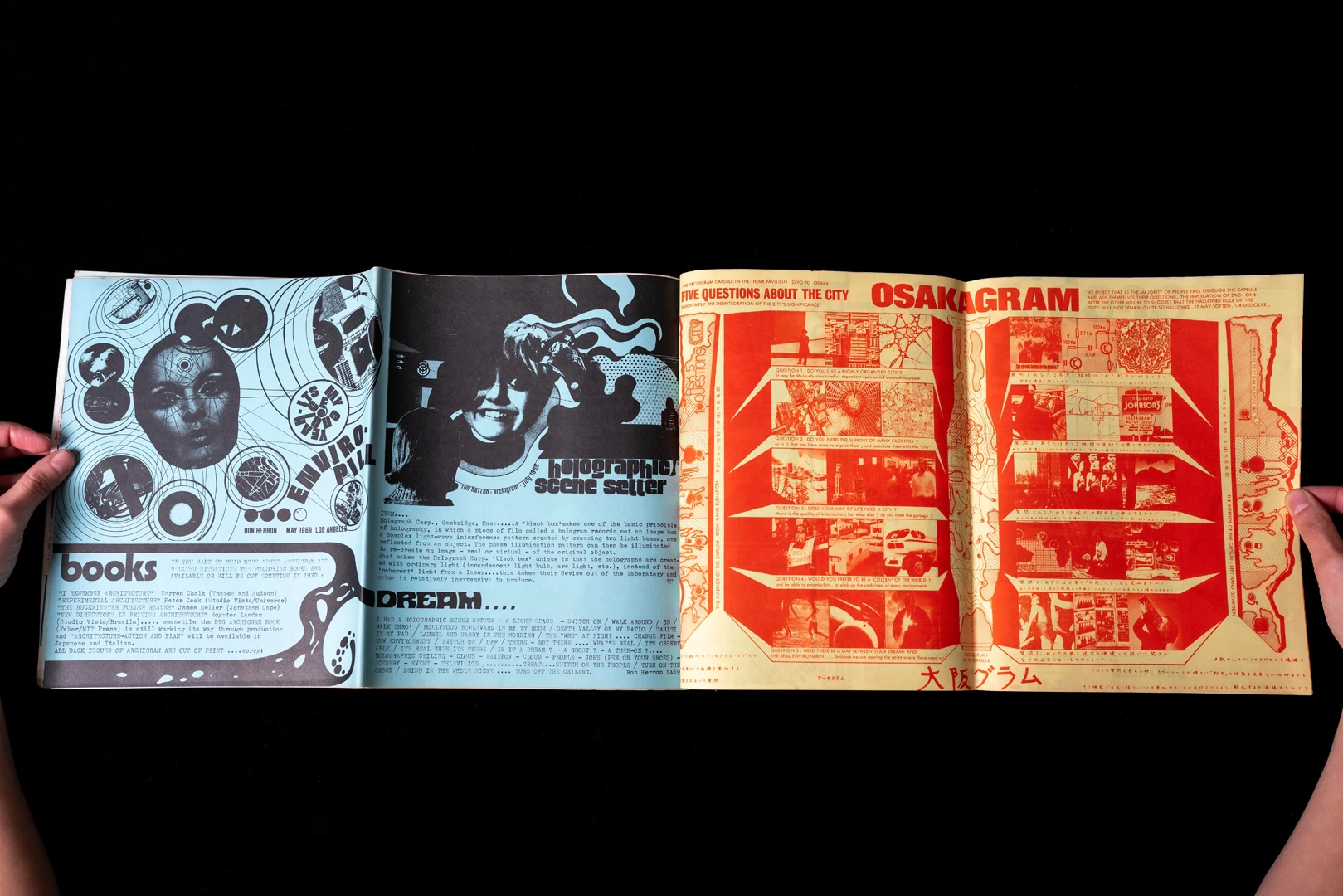
A cavalcade of visuals
Created in collaboration with members of Archigram, the magazine reissue project will create fresh copies of the original and highly unconventional magazines as they first appeared. Unlike a typical bound magazine, Archigram’s publications featured bespoke designs with centerfolds, pockets, posters, and cut-out and pop-up elements. Issues were printed on 12 different paper stocks and in a rainbow of colors, sometimes differing from one page to the next. One issue even included a carbon film resistor used in electronic circuits.
The magazines were conceptually, historically, and materially exceptional, according to Evans. “Those three things don’t often come together,” he says.
The magazine issues themselves were a cavalcade of visuals, with shades of pop art, comic books, science fiction imagery, collage, stage design, and the psychedelia of late ’60s counterculture. Produced in a variety of unconventional formats, the magazines sometimes resembled pamphlets, but at other times they were almost art objects.
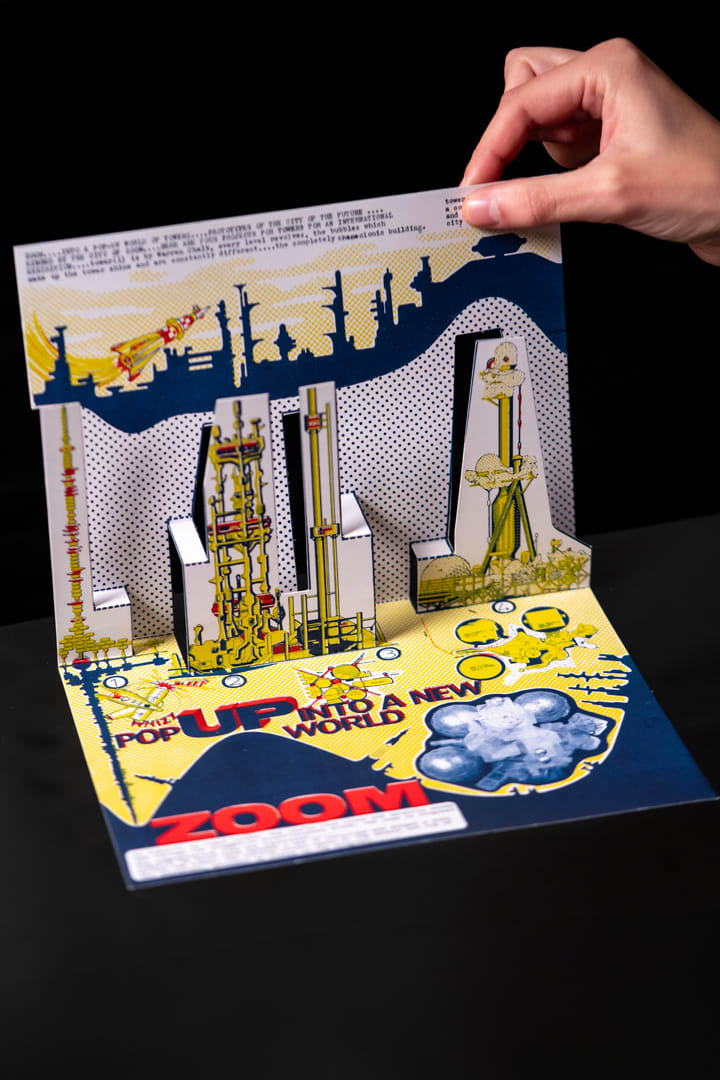
One standout example is a pop-up page from Archigram issue 4 that features cutout lines and folding instructions to turn flat paper into a 3D building landscape. “I’m fairly literate with complex, adventurous publications across, you know, a few terrains in art and poetry and the history of the avant-garde,” Evans says. “I really can’t think of a publication in any of those fields that is as materially wild and complex as this, or as ingenious.”
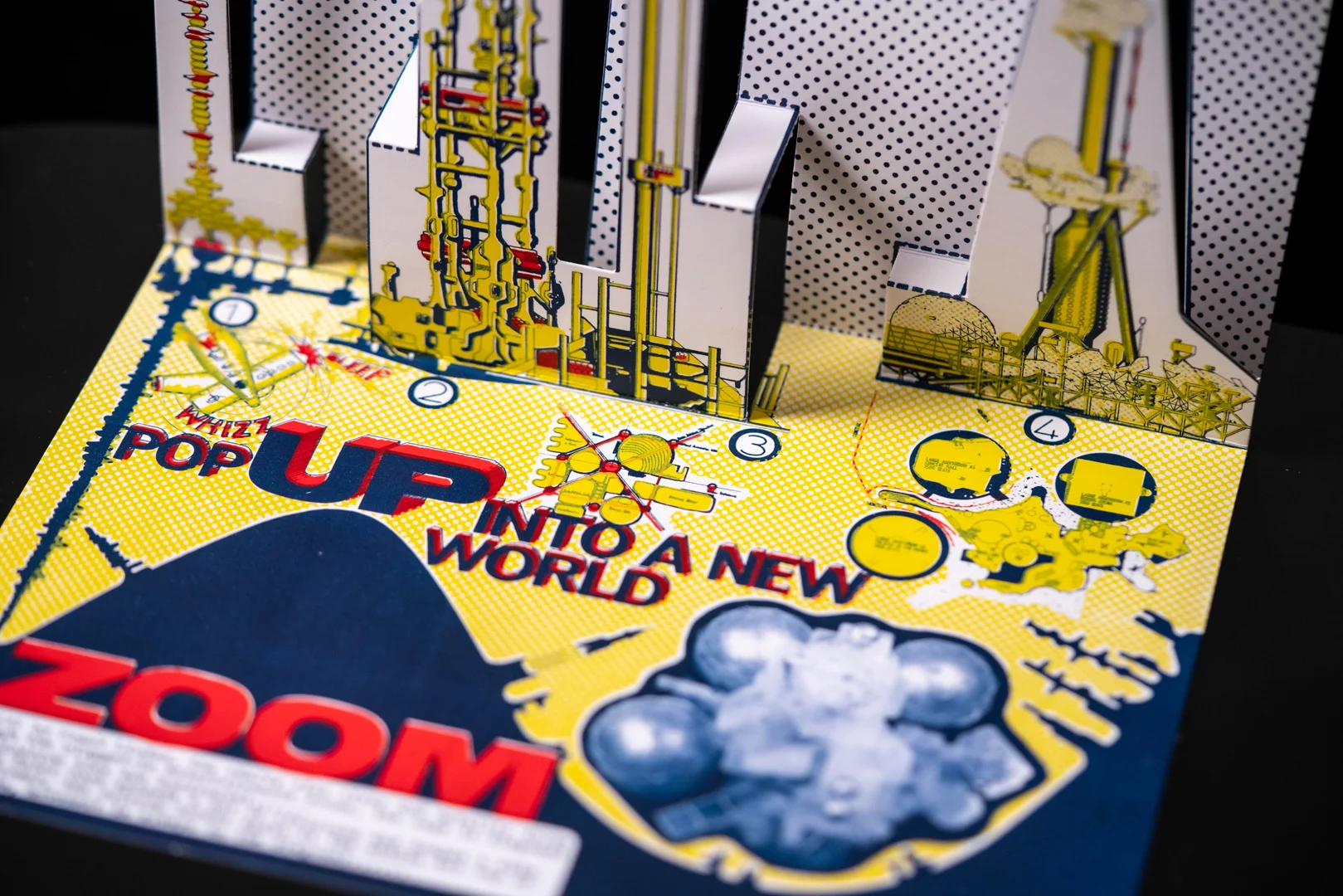
Unconventional ephemera, preternatural staying power
To re-create these issues in their original form, Evans worked closely with Archigram’s Dennis Crompton, who scanned original elements of the publications and advised on how best to produce some of the magazine’s more unconventional elements.
Crompton, who died in January at age 89, was also instrumental in shaping the reader’s guide that accompanies the Archigram magazine reissues. The guide includes new and archival essays and tributes from architects and critics like Norman Foster, Tadao Ando, Moshe Safdie, Reyner Banham, and Kenneth Frampton.
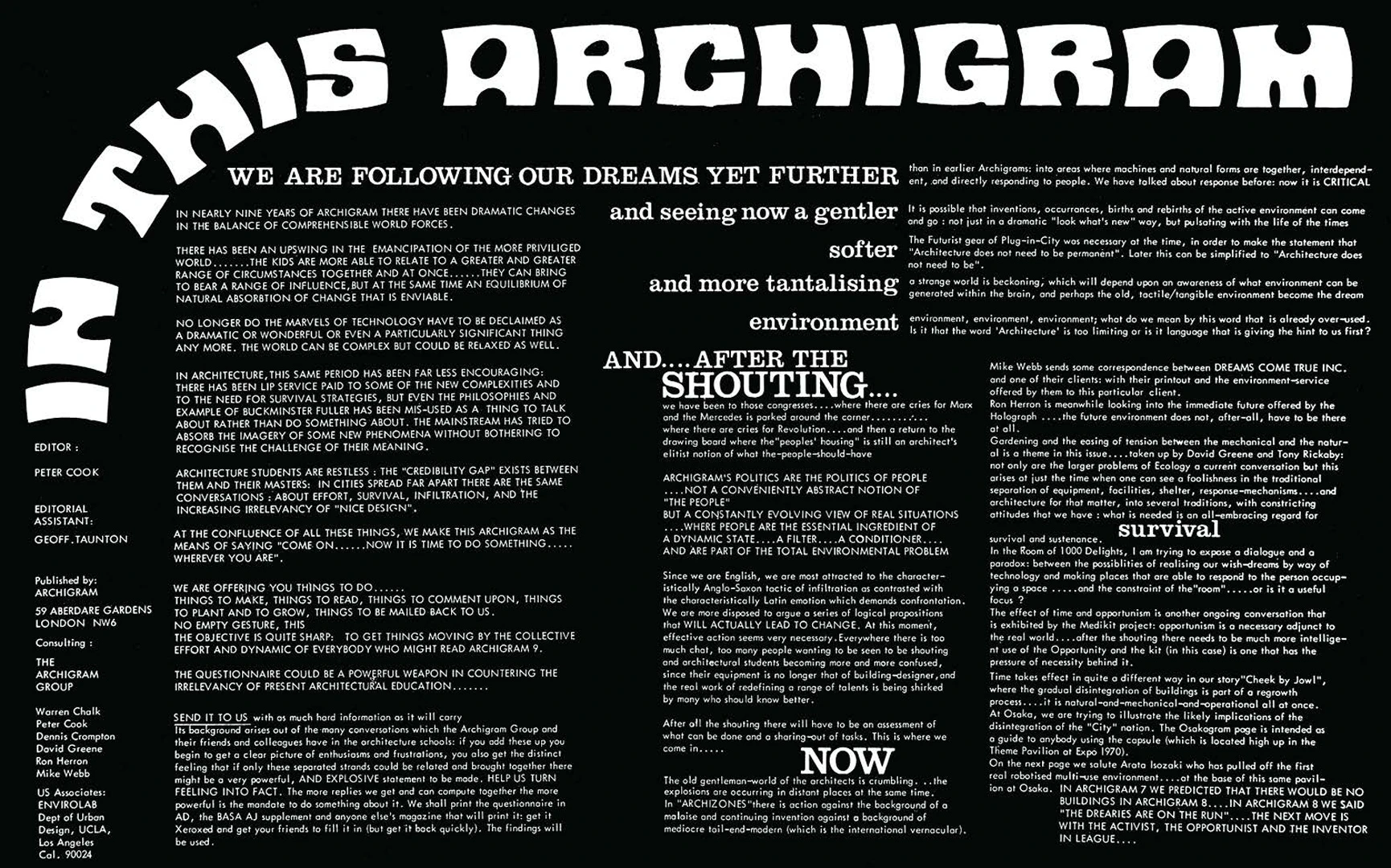
The reissued box set also includes a first-ever index, which covers all 10 issues of the magazine. This turned out to be one of the more difficult parts of an already difficult publication process. “I don’t know how many issues of the original you might have come across, but there’s an awful lot of information on a given page of Archigram magazine,” Evans says. “It was like indexing a medieval manuscript, to go over this six-point type and look for mentions of Buckminster Fuller and Pink Floyd or whatever.”
Evans says he expects the reissue project’s Kickstarter campaign to hit its $75,000 goal, and to result in thousands of box sets ending up in the hands of architects, librarians, and students. “There’s a real cross-generational appeal to this,” he says.
It will be a chance for people to fully explore Archigram’s influential work as it was originally intended. “In my mind,” Evans says, “the core of their legacy is actually in the magazine itself.”



